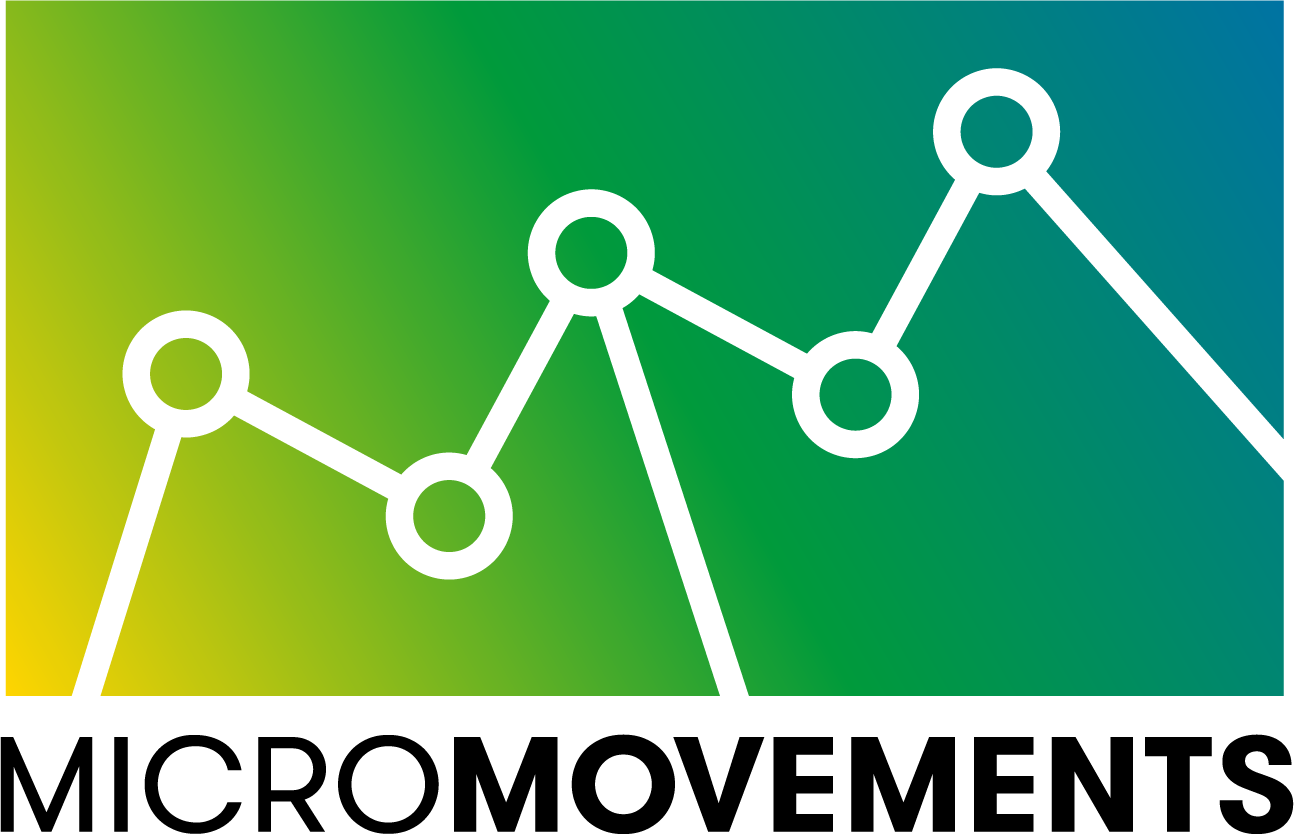Releasing a Movement
I never wanted to build an institution.
My heart has always been for contextualised discipleship and mission in whatever form. I have spent almost 12 months with the leadership team discerning God’s leading for Micro Movements and have come to this.
We are not going to be an institution. We are a relational movement.
For the next season of growth, I needed to step out of the middle, we needed to release control and allow leaders to connect directly to one another. Alan Hirsch speaks of Organic Systems as a key factor to movements,[1] Greg Satell speaks of loosely connected networks cascading into movements.[2] Nothing controlled or held tightly ever becomes a movement.
I could have taken control. With contacts for over 500+ micro churches, I could have kept the list to myself and a select group of people, used them to cultivate a training and coaching network to fund my own income, but God convinced me that was not the way forward. In this season my role has become focused on releasing this movement of God across Australia. Others may try to take control, but I won’t. I can’t. I want it to live, really live. It won’t live except in the hands of the Spirit of God.
My belief in the place of micro churches is unchanging.
I believe the Australian church needs different forms to reach different groups of people. We also need to see different forms to enliven our imagination again, to imagine all the possibilities of what it looks like to live and demonstrate the Gospel to the world around us. While we only have one model, our imagination will be limited. I will be personally coaching and teaching where needed through Sent Collective, my faith community, although less with an ongoing full-time role at the Anglican church. I want to see the church flourish in all it’s forms, and we need micro churches as part of that ecosystem.
I’ve encouraged our larger micro church networks to become hubs of training and coaching alongside resourcing their network. There are a range of events coming up this year, a trip to Kansas city for the Micro Church Conference, and thee days of events in both Melbourne and Brisbane with our friends from Underground Movement.
This is not a shutting down of a movement, it’s the opening of one.
I believe in the priesthood of all believers within our micro church communities; therefore, I must believe every micro church practitioner is called to play their part in this move of God across our nation. So, my friends, over to you. All the training I have ever written is free to current practitioners who want to share it with others. May you add to it, enrich it, and contextualise it for your context. There is a Facebook group you can join to share resources, and encourage and equip one another. It is my attempt at a ‘loosely connected network’. Our blog will also remain a place for a wider variety of voices to share their stories, learning, and experiences. We haven’t given up all responsibilities, all contributors to our blog and admins in the Facebook group need to have appropriate child-safe practices in place and insurance to offer any training and coaching.
I’ve been told this is a ‘brave’ step, that this could kill the movement. However, I know that no movement ever started in an institution, and many died there. Over the past three years I have found the micro church community to be some of the most encouraging, faithful, and open-handed people in Australia. So, in faith, Micro Movements is stepping further into being an organic relational network. Join us on the journey, as we seek to join with what God is doing in this space.
Blessings,
Bree Mills
(on behalf of the MM team)
[1] Alan Hirsch, The Forgotten Ways: Reactivating the Missional Church (Brazos Press, 2009).
[2] Greg Satell, Cascades: How to create a movement that drives transformational change, (McGraw Hill, 2019).
